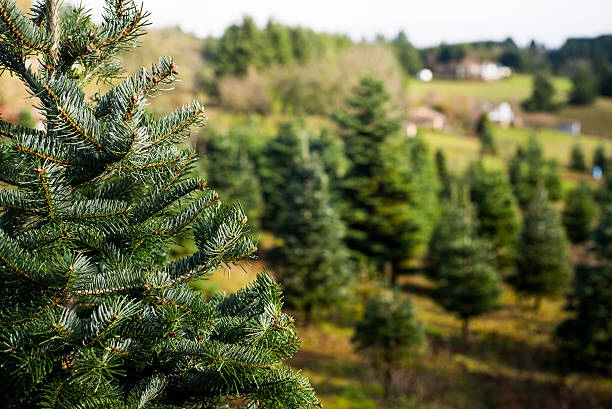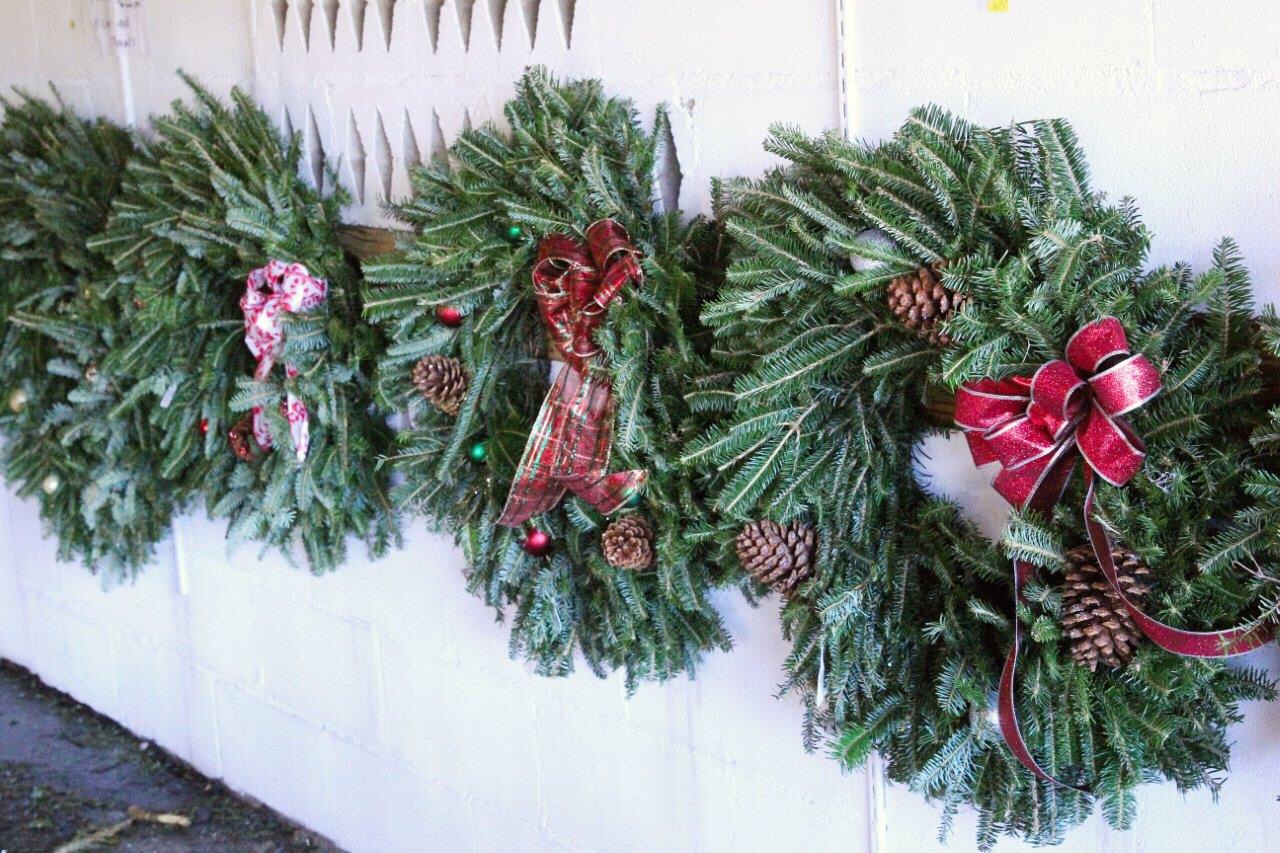How to start a Christmas tree farm on the side, set your own hours!!!!!!!
Are you the type of person that is jollier then most around Christmas. You should turn that jolly into paying off the credit cards or paying your mortgage off early? follow these simple steps and learn how to start a Christmas tree farm.

- Your first step will be choosing the right type of Christmas tree The Douglasfir is particularly ideal for beginners to grow spruce trees blue and white are also common for a Highlighted look.
- The next step will be deciding between starting with seeds or Live trees. Seeds can sometimes hard to start outside and may need to be started inside with some care live trees with route establishMay cost more. This will have her speed up your harvest time.
- The next step will be laying out your farm. Douglasfir Christmas trees should be spaced about 5 feet By 5 feet. This will give you a proximately 1500 trees per acre. If you plan on having a larger farm it is recommended to space the trees farther apart for equipment purposes consider 8′ x 8′.
- Planting the Christmas tree. Dig the whole wide, at least two times wider then the root ball. A wide hole will allow the roots to absorb water better. The depth is important do not go deeper then the root ball. Fill the whole back in tamping it very lightly. Keep the remainder dirt covered in a safe location for future use. Water soil until moist and repeat weekly if needed.
When can I harvest my Christmas trees
This depends on your planning method if you started with seeds it will take 7 to 10 years to harvest. This is a height of 8 feet. If you started with saplings you can cut this down to 4 to 6 years depending on the size of sapling. Chances are you will never sell out all in one year. It’s good plant new trees every year so you will always have a equal supply each year. This will also provide you with a stable yearly income.
How much money can you actually make selling Christmas trees?
Location is a big factor here, the average resell value of 1 acre of cut your own trees is $70,000 To $120,000. We recommend to re-plant one-eighth of your acreage every year, which is about 200 trees per acre. The average small tree farms in the Washington DC metro area make about $50,000 in the 7-8 week season.
This can produce a nice side income for those that don’t mind the manual labor. Don’t forget to have a stand set up with free hot cocoa and other festive items you can sell.
The links below will provide you with supplies to get you started today.
Happy holidays…
